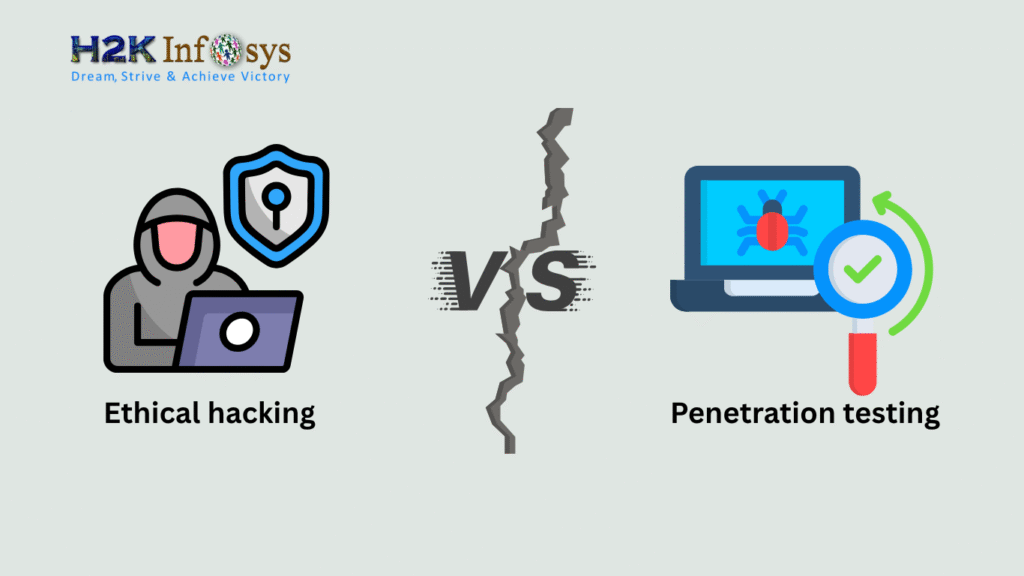Nowadays, it is not uncommon to hear the Project Managers brag about how well their team is performing in alignment with Agile Project Management.
Furthermore, before we go ahead with Agile and its implementation, it is important to know that Agile is no longer simply limited to the Information Technology or software industry. To ensure better project outputs through a more inclusive team, industries like Food and Beverage, Manufacturing, and Automobiles have adopted Agile within all the departments.
Therefore, it becomes important for the corporate world to understand and implement Agile Project Management.
What is Agile?
Instead of a rigid process or methodology, Agile is seen as an approach to make sure the solutions to the requirements are created through collaborative and cross-functional team efforts. As a team chooses to adopt Agile, it is simply putting a higher emphasis on the end-user and clients, instead of the project manager.
In simpler words, Agile is all about releasing smaller results, faster processes, inclusiveness of team members and customers, and overall satisfaction of the organization through steady income, and of the customer through frequent releases of project deliverables.
Step by Step Guide to Implement Agile Project Management
While Agile is not a solid process framework, there is a flexible (according to the organization and its team) procedure that can be followed by the project manager and their team. Thus, to understand how the Agile project will look like when integrated with your team, here are some steps to give you an idea:
Step 1: Understanding the Problem and Setting Vision Accordingly
The key to the success of any project is understanding the requirement of the client. Having said that, to take it a step upwards, the project manager must understand the problem hidden under the requirements. This is essential to have a clear understanding of why the team is planning to do whatever it is planning to do.
If using a specific methodology under Agile, say Scrum, the Scrum Manager, shall take interviews of the clients and stakeholders, conduct surveys, and understand the scenario and vision that the end-user sees.
Also, for the professionals who are paving the path to becoming a Scrum Manager, while free Agile training can help along the way, we suggest acquiring a Project Scrum Management Certification, as it holds the flag higher for you.
Step 2: Building a Product Roadmap and a Team for The Same
In this step, the vision is laid out to be turned into a product roadmap. To do so, it is required to break down the product strategy and see smaller goals in terms of features and metrics. Also, it is important to make sure this step holds the least chance of error as it is based on this step that the team puts sprints (based on the backlog made up in this step). Furthermore, you must remember that a versatile team working in a cross-platform manner- is the push that takes the product to the end of the product roadmap.
Step 3: Come Up with (and Follow) a Release Plan
This step involves everyone: the product owner, stakeholders, project manager, and the team members to decide on the timeline and deliverables that are supposed to be assured by the team to be released to the product owner.
In technical terms, the short and effective cycle that carries the whole process is called the development cycle, which is also known as sprints.
Step 4: Planning Out The Sprints
Now that the release plan is ready, the team must zoom in to how the development is moving. In other words, the product owner and the project management team decides how the sprints- the short development cycles- will be carried upon within the given timeline.
In most cases, these development cycles are around 1 to 4 weeks long, which should remain similar throughout the project to help the team plan and manage the upcoming work accordingly.

Step 5: Daily Stand-ups and Sprint Reviews
To make sure the work is going as planned, a daily meeting of not more than 15 minutes is held by the manager – where the work is done in the previous day, by the team member(s), is assessed by the manager. These meetings are known as daily standups.
Later on, as each Sprint comes to end, a meeting is held with the stakeholders, team members, and the manager where the sprint is presented to the stakeholder. From there on, if the reviewing process goes well, the specific sprint is then released with the documents.
Well, we understand the whole guide could be a little complicated, but equally necessary. However, we suggest taking up a project management certification to get fully acquainted and trained with Agile, along with the highlighted credibility to excel in the corporate world.
























